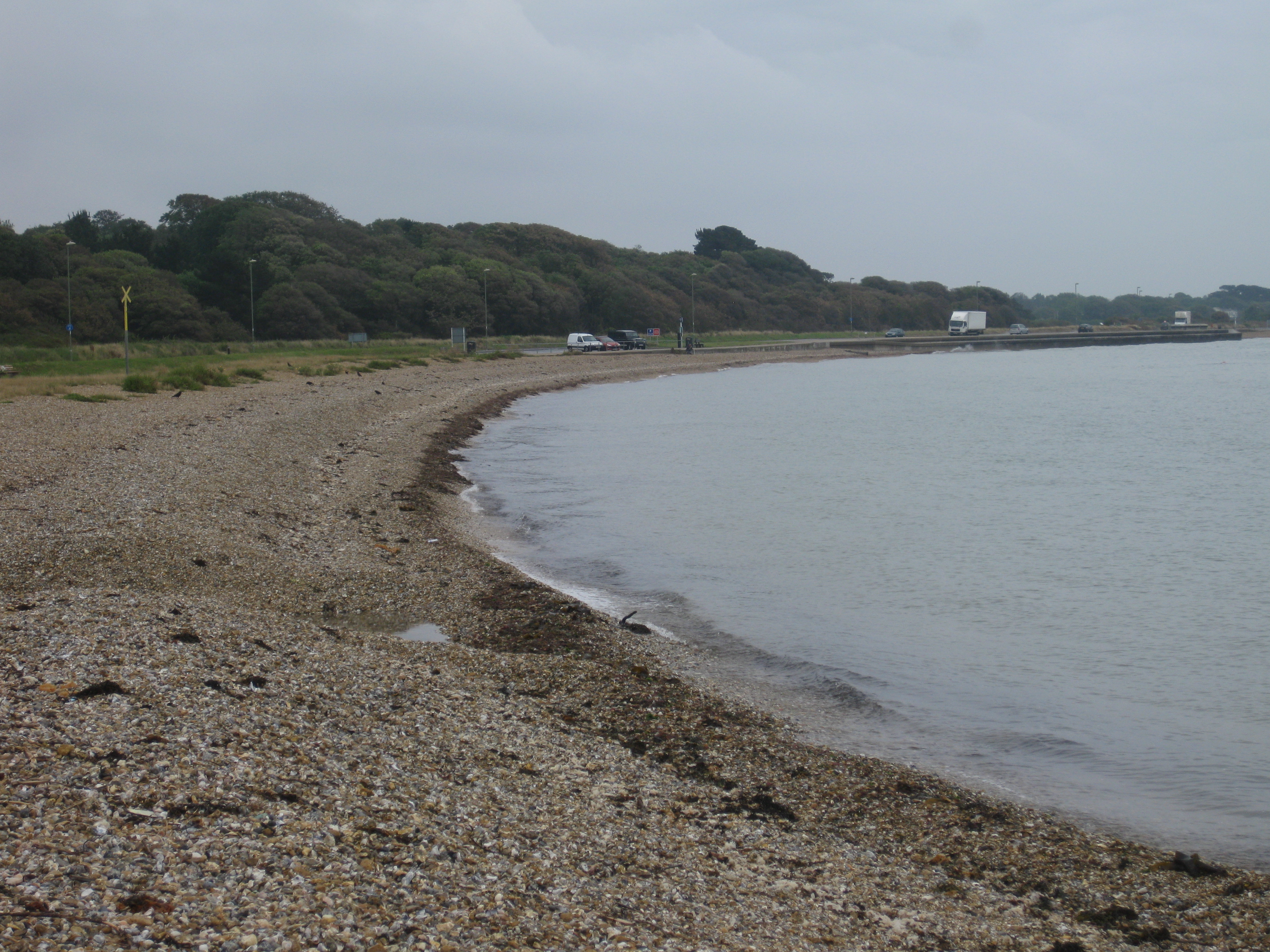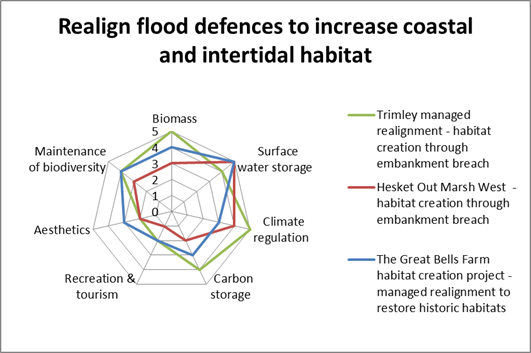This activity is focused on the coast. This can involves retreating flood defences or bunds in a landward direction thereby enabling coastal waters to breach a site and create a new saltmarsh habitat.
If any freshwater habitat is lost on a protected site, it needs to be compensated for through habitat creation elsewhere.
 Managed realignment projects are usually managed by the Environment Agency’s National Environmental Assessment Service or National Capital Management Service and regional habitat creation staff.
Managed realignment projects are usually managed by the Environment Agency’s National Environmental Assessment Service or National Capital Management Service and regional habitat creation staff.
Inter-tidal habitat provides good flexible, sustainable and cost-effective defence against climate change and sea level rise, if given sufficient space. Given sea level rise predictions it should always be considered against the short term protection afforded by structures.
It should be noted that this activity may require an Environmental Impact Assessment.
Techniques
There are a wide range of techniques that can be used to implement this environmental improvement, depending upon the type and characteristics of the water body in which it is going to be applied. These include:
- Moving the embankment landward away from the coastline
- Breaching of existing earth bunds or embankments
- Lowering of flood defences
Benefits
The realignment of flood defences can deliver a wide range of direct and indirect benefits, including:
- Direct ecosystem benefits associated with the creation of new habitats, including maintenance of and improvements to biodiversity
- Climate change adaptation, allowing habitats and species to adapt to changing conditions
- Natural erosion protection
- Natural storage of surface waters
- The provision of opportunities for commercial use of new land (including fishing and agriculture)
- The provision of opportunities for increase amenity value of the area
Case Study Benefits
This diagram displays a comparison of benefits scores (using a high-level ecosystem service assessment methodology) associated with the techniques used in each case study. More details on the methodology can be found here.